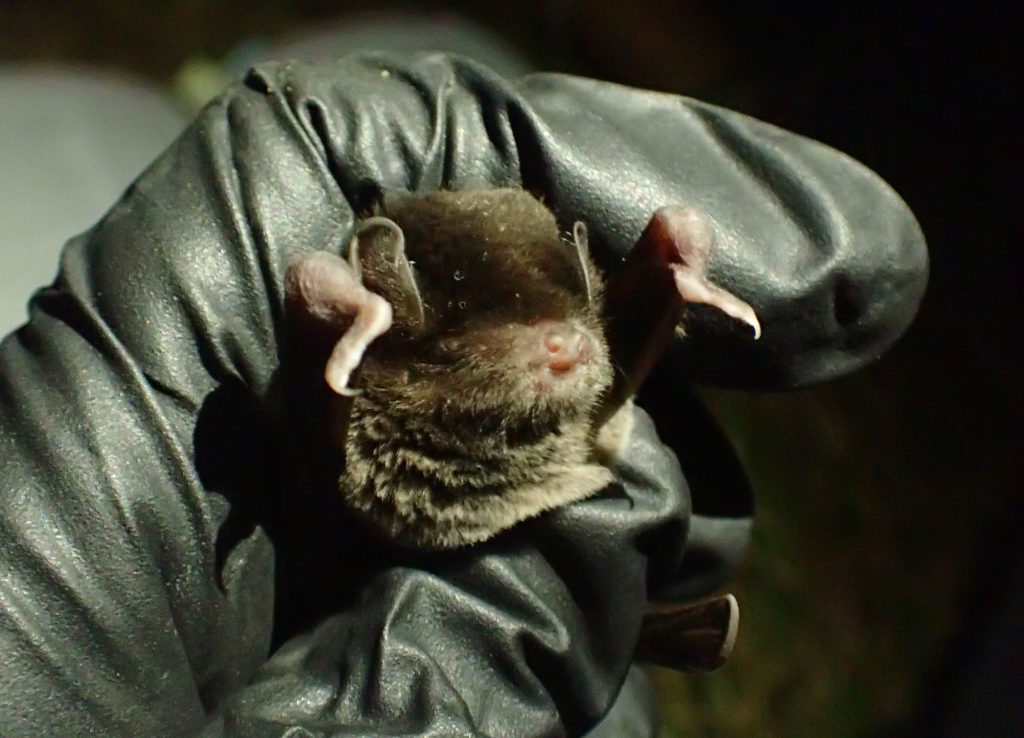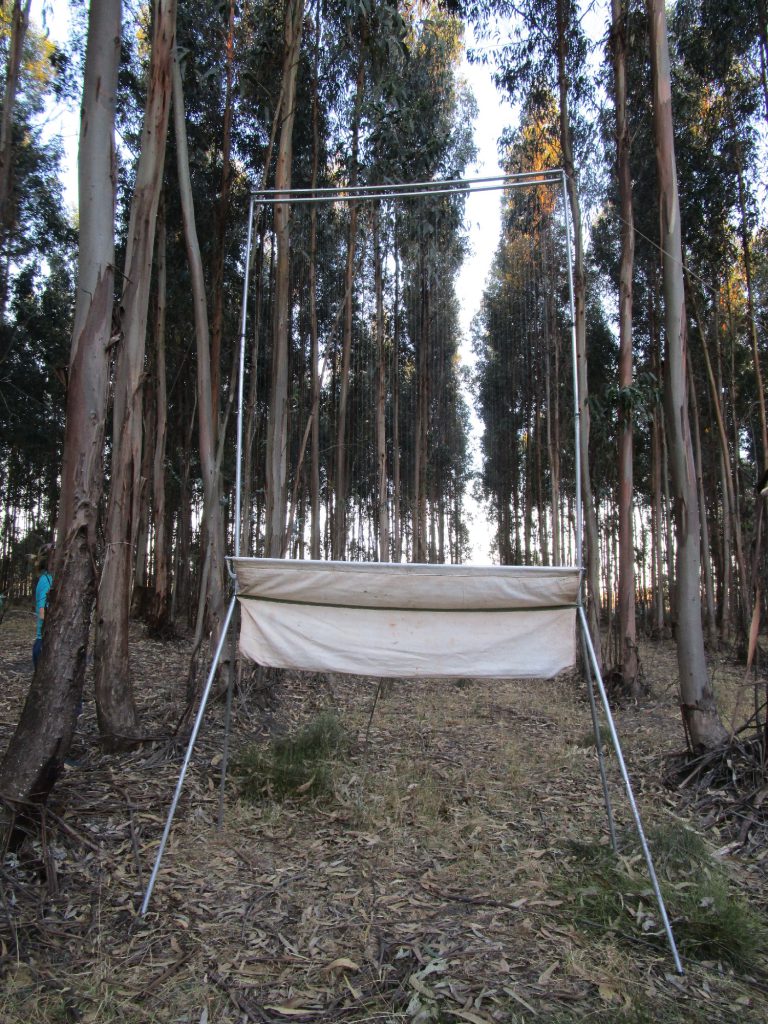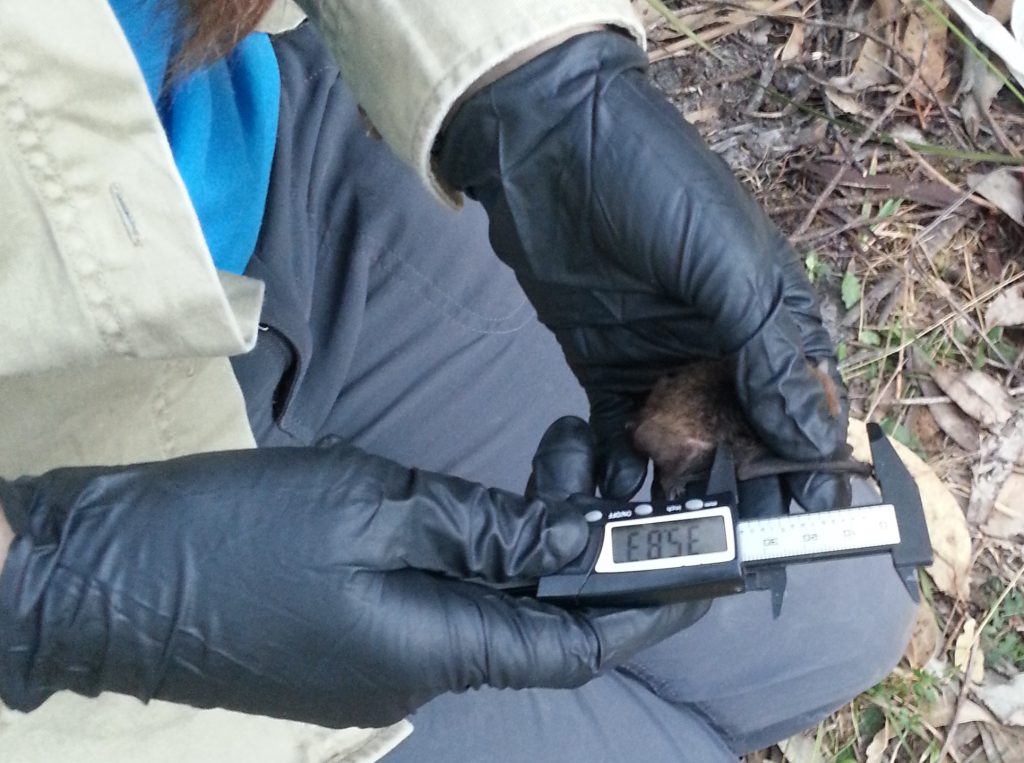Critically endangered bat species confirmed at Mt Burr Swamp
If you’ve been following NGT for a while you will remember that back in 2016 we ran a campaign to secure funding for the organisation’s second restoration reserve, Mt Burr Swamp. Our supporters got behind our vision for the property, and helped us raise the funds necessary for the purchase of 300 hectares immediately adjacent to an existing wetland and native forest reserve (The Marshes – 600 ha), 40 kilometres north-west of Mt Gambier.
During the campaign, we shared that this property would be or may become important habitat for seven threatened or iconic species (read more here), one of which was the critically endangered Southern Bent-winged Bat (Miniopterus orianae bassanii). This bat has a limited distribution across south-eastern South Australia and western Victoria with suitable roost caves being critical habitat (listen to bat expert Terry Reardon speak about this species here as part of a series of interviews conducted by ABC South East during the Mt Burr Swamp campaign).
As Terry mentions in the interview, the Southern Bent-winged Bat is insectivorous and is known to forage at wetlands. In addition to this, there are a number of important bat caves in the wider Glencoe/Mt Burr area. With this combination of factors we were fairly confident that Southern Bent-winged Bats would make use of the Mt Burr Swamp property. But it hadn’t been confirmed – until now!
Late last month I headed out to Mt Burr Swamp to undertake a bat survey including both trapping and recording of echolocation calls. After determining some likely “batty” locations, I set up five recorders, spreading them out in different parts of the property. I decided to use all four harp traps in the south-eastern area of the reserve, near wetlands within the blue-gum plantation.
Harp traps are designed to capture bats in a way that is very low stress to the animals. Each trap consists of vertical fishing lines held taut by a metal frame on legs, which is placed in a spot likely to see bat traffic (often a flyway among forest or near a water source). The bats fly into and slide down the lines to a holding bag at the bottom where they snuggle in to roost, safe from predators, until processing and release.
After two nights of zero captures it seemed likely that we’d be relying on the bat call detectors to create the bat species list for Mt Burr Swamp, but on the third morning we had bats! Nine individuals were captured (all in one trap!) from three genera. Among the Long-eared Bats (Nyctophilus sp.) and Forest Bats (Vespadelus sp.) was a single Southern Bent-winged Bat! It was a really great feeling to confirm that this endangered species is present and presumably feeding on the property, as suspected.
Stay tuned to future blog posts for the full updated bat species list, once analysis of the call recordings has taken place.
My assistants, Tom and Nicole, deserve a big thank you for braving the early mornings, mosquito infested swamps, and friendly shearing shed rats. Thanks also to Department for Environment and Water for the use of harp traps and acoustic recorders.



